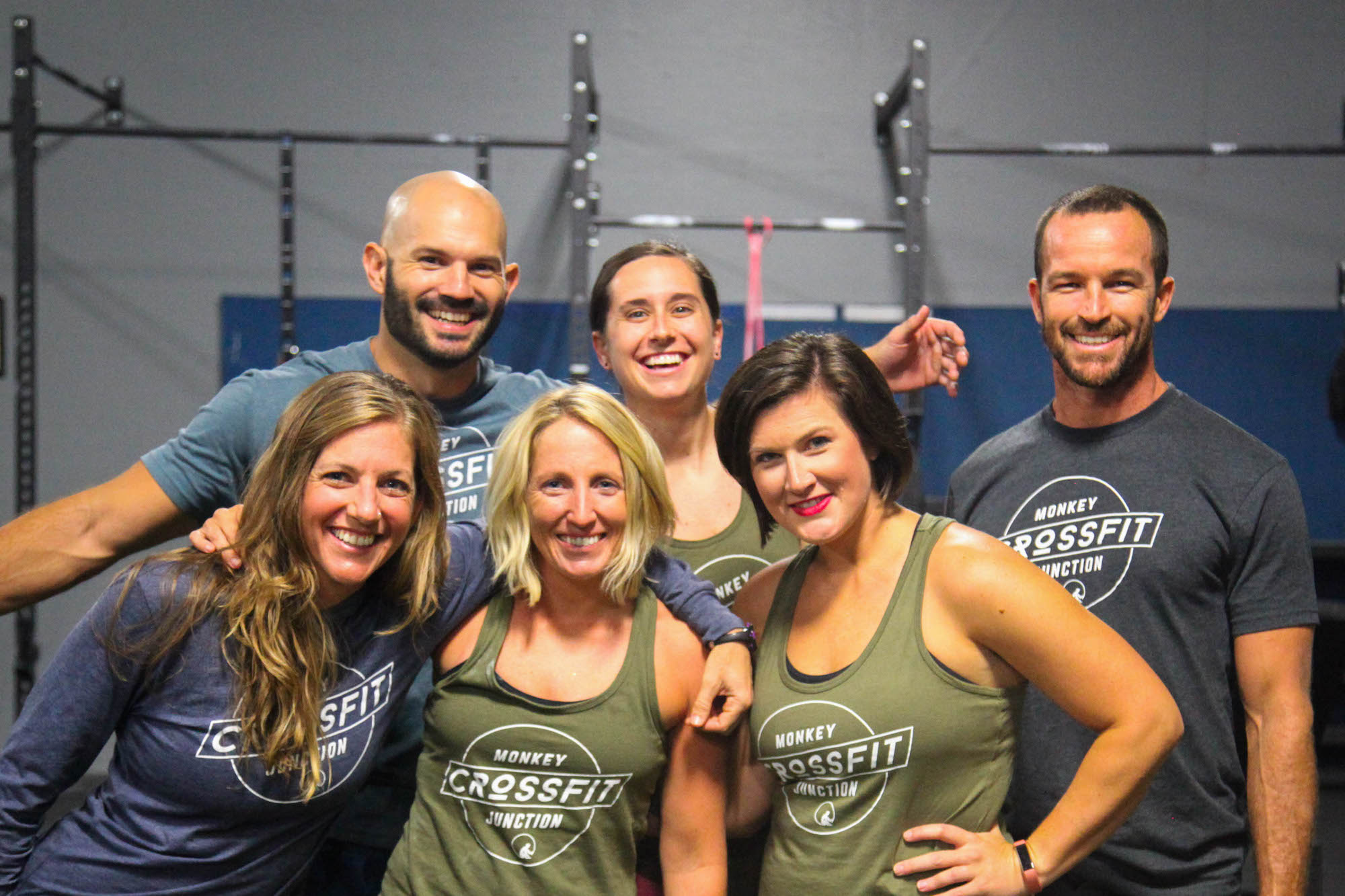
Risk vs Reward: Why Things are Different Here!
At MJCF we refer to the concept of risk vs reward often, and nowhere is it more apparent than in movement selection.
At a later date we’ll deal in depth with WHY CrossFit biases towards some movements and avoids others, but for brevity’s sake we’ll focus here on which movement’s have the worst risk vs reward ratios, what to do instead of them, and how to minimize the risk IF you decide to take them on.
“Don’t break your neck”–Inversions. (handstand pushups, handstand holds, wall walk ups)
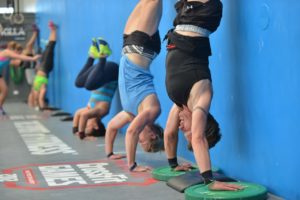
Inversions are a personal pet peeve. It takes an awful lot of philosophical hoop-jumping to say inversions are remotely “functional”. The best thing I can say for them is that they are about the only tool available to drive shoulder strength without equipment. MJCF will program them on occasion, BUT we’ll never encourage anyone to throw themselves from their feet to their hands and expose the cervical vertebrae to an uncontrolled impact.
What to do instead?– Overhead presses. My very first choice would be standing overhead press with dumbells. MOST of the reward, NONE of the risk.
How to do them safely if you must?– PLEASE! Pad the landing surface. An ab mat or two is great and most CrossFit’s have them. At MJCF we have 1″ hi density foam strips that have great grip and great cushioning. Make sure your chin is neutral and your not lifting your chin away from or lowering your chin into your chest. Lastly, regardless of the workout specs, if you start to descend hard and “Bonk” your head on any given rep, it’s time to take a short break before continuing.
“Don’t tear your hands”– (Kipping pullups, toes to bar)

While you see tears on some barbell stuff and some kettlbell actions, the really nasty rips usually come from the kipping pullups and toes to bar.
What to do instead? Strict pullups instead of kipping solves this problem 99% of the time. Rotation not load is the issue, and your strict pullup has minimal spin affecting the grip. Ab straps or Hanging knee Raise instead of toes to bar. HERE especially, I am quick to recommend scaling. The Pullup has some functional value. Toes to bar has almost none. A good test of scapular strength and control to be sure, but I am hard pressed to remember a time life demanded I put my feet on the surface I happened to be hanging from. The ab straps we’ve got at MJCF start to build the necessary strength in the scapulae and shoulder capsule, and take any concerns about hand abrasions completely out of it. Hanging knee raise DOES have a grip component, but much less swinging and therefore much less shear on the hands.
How to do them safely if you must? Here is a helpful link to a decent article about preventing rips. Meanwhile, here’s two essential tips 1) Grip tight! Tears come from the pullup bar spinning within your grip. You want to minimize this spin with a secure and aggressive clamp. During the kip, your wrist angle will change, but your palm should remain fairly still. 2) Calluses are not your friend. You want your hands tough but flat. A raised callus gets trapped as the bar rotates within your grip and shears off, taking good skin with it.
“Don’t Ruin your Shoulders”– (Ring Dips, Heavy Snatching, Kipping pullups/Toes to Bar)
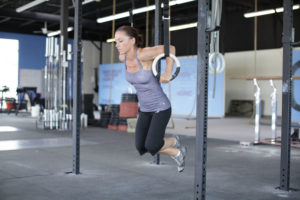
The shoulder is uniquely complex, easily injured and slow to heal. Even versus knees and back, we tread softly around the shoulder. Here are the most shoulder troubling CrossFit movements in my opinion.
Ring Dips- Elbow behind the spine, shoulder loaded, mounted on two very unstable rings is a bleak scenario.
Snatching (heavy)- We’re taking a weight we lift ballistically with the legs, and asking a fully extended shoulder to decelerate it in a safe and controlled manner. That’s a tall task.
Kipping while hanging- We are hyperextending the shoulder (elbow behind the ear) while bearing ALL our bodyweight, then applying torque (force in multiple directions) usually over and over again with a brief release every repetition that further complicates staying in goo mechanical position.
What to do instead? —
Ring dips: Do your dips on a bar. Even then, moderate your load and stop the set as soon as your control on the descent begins to waiver.
Heavy Snatching: Don’t. Snatch light/medium. The snatch is a GREAT driver of gross motor skills, coordination, speed, power and accuracy. But 90 % of the benefit remains at medium loads.
Kipping While Hanging-– Sub the strict versions or use our abstraps. See above.
And lastly….
“Don’t Split your Shins”– (Box jumps):
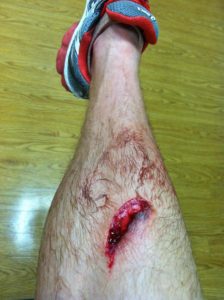
Reward vs Risk… What is the reward of jumping vs. stepping up? Small increase in work capacity and a bit more athletic demand. Risk? Nasty scars for life, stitches, and leaving chunks of your shin on the box.
What to do instead? Step up and don’t jump or use a padded box.
How to do them safely? 90% of you should step up on the box instead of jumping. If you’re in the other 10% and want the added athletic demands of jumping, MJCF has 7 padded boxes for your shin’s safety. As always, feel free to ask your coach for the best option for you and your goals! No one wants to end up in the emergency room because of a misguided CrossFit workout. You can trust MJCF to steer you right and provide you with safe equipment!
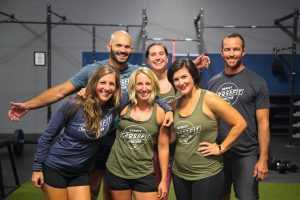
0 Comments